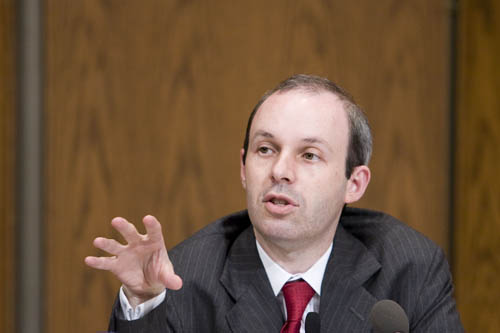Yesterday was the scheduled start of the 2020 World Series of Poker, but a pesky global health pandemic had other plans. Symptoms of the coronavirus, however, do not include a loss of interest in poker. So, to commemorate what should’ve been the beginning of the 51st annual WSOP, we look back at the 51 most memorable moments in series history.
WSOP operators are still hopeful for a fall series in Las Vegas, but that will depend on the health situation in the US and changes in Nevada Gaming Control Board regulations over the next few months.
The NGCB’s current cardroom guidelines permit a maximum of four players per poker table. Four-handed poker wouldn’t be feasible for such a massive event, so we’ll wait and see if the gaming board relaxes its guidelines in time for a fall series. In the meantime, we recall some of the most epic moments in the World Series of Poker’s storied 50-year history. Part II of this article will run tomorrow.
1. Amateur with a Perfect Name Sparks Massive Poker Boom (2003)
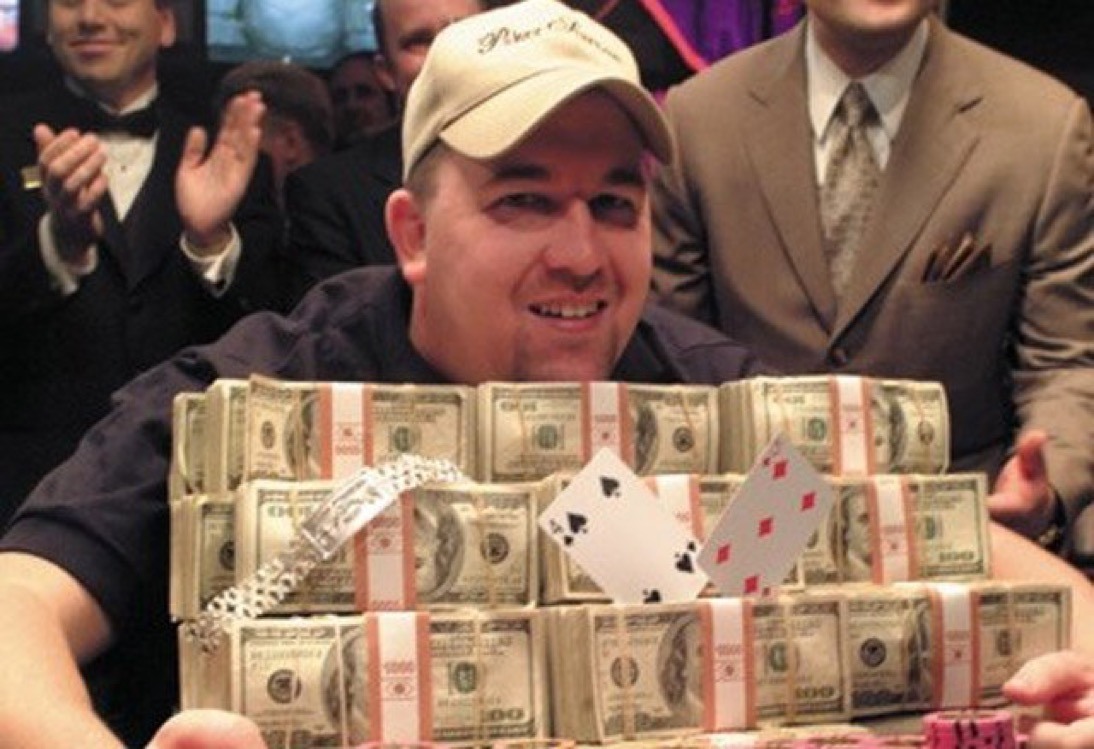
Chris Moneymaker is the “Average Joe” that so many people can relate to. So, when the accountant from Tennessee with the too-good-to-be-true last name shipped the Main Event in 2003 for $2.5 million, many millions of people became obsessed with the game of poker. Players from all walks of life who watched an amateur crush dozens of seasoned pros wondered if, maybe, they could become the next Chris Moneymaker.
Moneymaker didn’t invent poker or the WSOP, but his memorable 2003 win makes the top spot because of its importance not only to the World Series of Poker, but to the game overall. If a random pro had won, who’s to say poker would be half as popular as it is today?
2. He Finished 9th Again? (2013/2014)
Mark Newhouse was a relative unknown in 2013 when he finished 9th in the Main Event for $733,224. After entering the $10,000 championship event again the next summer, he fired off one of the most memorable tweets in poker Twitter history.
Just bought into the main event day 1c. Not fucking finishing 9th again
— mark newhouse (@mark_hizzle) July 7, 2014
The odds of making consecutive Main Event final tables in today’s game where more than 6,500 players enter each year is astronomical. Even more improbable is to finish 9th in back-to-back years. But that’s exactly what Newhouse did in 2013 and 2014. To put things into perspective, making consecutive WSOP Main Event final tables, both times finishing in the same spot, is about as likely as a reality TV star with no political experience becoming President of the United States.
3. A ‘Brat’ Becomes World Champion (1989)
Johnny Chan entered the 1989 Main Event as the two-time defending world champion. The “Orient Express” was a dominant force on the felt in the 1980s, and most players back then would have rather seen him bust than have to face him at the final table. In 1989, for the third consecutive year, Chan maneuvered through the 178-player field and found himself playing heads-up for the title, this time against a young unknown named Phillip Jerome Hellmuth Jr.
How on earth could some young kid with a dream beat the game’s biggest star on poker’s grandest stage? Fire, determination, and a bit of luck, that’s how.
Hellmuth, who would later go on to obliterate Chan’s record of 10 WSOP bracelets, won that match and the $755,000 that went with it. In doing so, Hellmuth became the youngest world champion ever at the time (25). Thirty-one years later and Hellmuth still has the same passion for winning bracelets, and the same inability to just smile and say, “nice hand,” after losing a big pot.
4. Former Champ Turned Drug Addict Shocks the Poker World (1997)
Stu Ungar was, by all accounts from those who competed against him, one of the all-time greats. He won the Main Event in 1980 and 1981 as a young pro (25-26 years old). So, when a poker legend wins the Main Event, it typically isn’t a huge surprise.
But Ungar’s title in 1997 was different. No one saw it coming as he’d succumbed to heavy drug addiction in the year’s leading up to it. By the time the 1997 WSOP rolled around, the then 44-year-old Ungar was a known quantity who was no longer competing at the highest level. Somehow, however, “Stuey” kept it together one last time as he outlasted a field of 312 of the best players in the world, to win his third world title for $1 million.
Ungar was dubbed “The Comeback Kid” by the poker media for winning the 1997 Main Event after years of personal struggles. But even ESPN poker commentator Gabe Kaplan, who would later go on to host “High Stakes Poker,” questioned if Stu could use that bout of good fortune to turn his life around.
Kaplan had good reason to be concerned about Ungar’s future. Stuey never cashed in another WSOP event and died the next year of a drug overdose.
5. Getting This Party Started (1970)
Las Vegas casino owner and poker player Benny Binion, who owned Binion’s casino, came up with the idea of an invite-only poker championship called the World Series of Poker, in 1970. The $5,000 buy-in event — later becoming a $10,000 tournament — began as a mixed game with five poker variants.
The format in the event’s first year was a cash-game style. Of six invited players, Johnny Moss was elected by his peers as the champion. Moss would go on to win the Main Event, which became a No-Limit Hold’em freeze-out tournament the following year, again in 1971 and 1974.
The WSOP was a very small event in 1970 and there’s is no video footage of the match available. But if not for Binion’s innovation, who knows if the World Series of Poker would have ever become a thing.
6. Magician Makes Opponents’ Chips Disappear in Richest Poker Tournament Ever (2012)
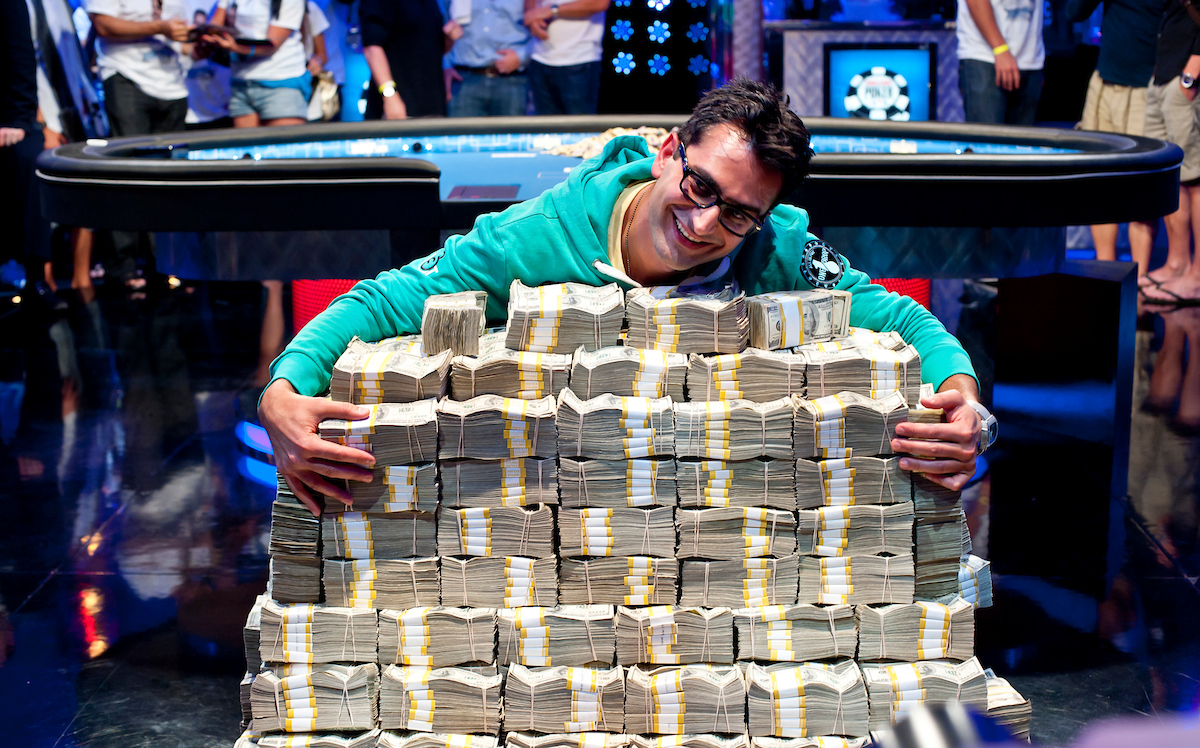
In 2012, Cirque du Soleil co-founder Guy Laliberte had an idea to raise money for his charity, the One Drop Foundation, while bringing the most expensive poker tournament in history to the WSOP. That event, dubbed the Big One for One Drop, cost a whopping $1 million to enter.
With 48 players, a mix of wealthy entrepreneurs, business leaders, and poker pros entered the historic event. When all was said and done, “The Magician,” Antonio Esfandiari won the tournament and its $18,346,673 first-place prize, which was the biggest score in poker history until Bryn Kenney won the 2019 Triton Million for Charity Event in London for $20,563,324.
7. Hellmuth Becomes the WSOP’s All-Time Bracelet Winner (2007)
In 2006, Phil Hellmuth shipped the $1,000 No-Limit Hold’em Re-Buy event for $631,863, claiming his record-tying 10th WSOP bracelet. The following year, Hellmuth won again, surpassing the legendary Doyle Brunson and Johnny Chan to become the all-time WSOP bracelet record holder (11).
Hellmuth took down 2007’s $1,500 No-Limit Hold’em tournament for $637,254. He has since extended his record to 15, winning his most recent WSOP title in 2018. Brunson and Chan remained tied, along with Phil Ivey, for second place, still at 10 bracelets each.
8. Aces vs. Kings vs. Kings Forces Main Event Final Table (2018)
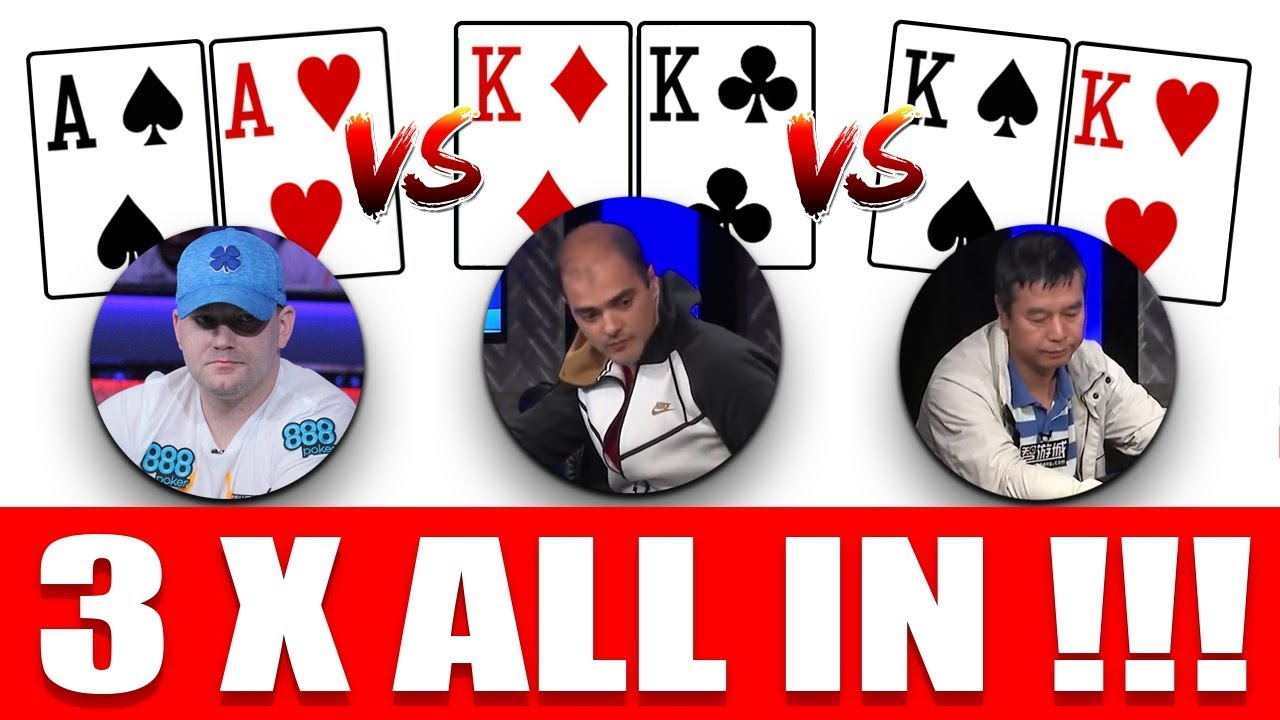
There have been thousands of memorable hands in the history of the WSOP Main Event. Who could possibly forget Moneymaker’s “bluff of the century” against Sammy Farha in 2003? Or Johnny Chan trapping Erik Seidel to win the tournament in 1988? But the one hand that stands out above all others occurred in 2018 on the final day of play before the final table.
With 10 players left in poker’s most prestigious annual tournament, and the players just two spots away from being guaranteed at least $1 million, Nicolas Manion walked into a poker player’s absolute dream scenario. Manion (43.1 million chips), holding pocket aces, opened to 1.5 million, and after some aggressive betting, ended up all-in pre-flop against two players, each holding pocket kings — Yueqi Zhu (24.7 million) and Antoine Labat (51 million).
The board ran out clean for Manion, who catapulted into the lead to start the final table. He ended up finishing in 4th place for $2,825,000.
9. Insane Outcome to Player of the Year Race (2019)
Last year’s WSOP will forever be remembered for the crazy, almost unbelievable ending to the Player of the Year race. Robert Campbell from Australia ended up winning, but he didn’t find out until days after the series concluded.
Daniel Negreanu was pronounced the winner in a hotly contested race between Campbell and defending champ Shaun Deeb. The backstory here is that Negreanu, a two-time POY, and Deeb feuded on social media prior to the start of the 2019 WSOP. Most assumed they’d both be in contention for the title last year, and the Twitter spat helped generate interest in the race.
Four days after Negreanu let everyone on poker Twitter know just how ecstatic he was to be the only three-time champion, the WSOP announced it had discovered a clerical error, and Campbell was the true POY. Deeb and all of the Negreanu haters on social media concocted a loony conspiracy theory that Negreanu cheated and, somehow, rigged his point tally to make himself the winner. But, like most baseless conspiracy theories, there wasn’t any hard evidence to prove their case.
10. Johnny ‘The Master’ Chan Goes Back-to-Back (1987, 1988)
Hellmuth’s WSOP Main Event title in 1989 was even more impressive when you consider who he had to beat heads-up to become world champion. The “Poker Brat” defeated Johnny “freakin’” Chan, the GOAT of all GOATS in the 1980s. In 1987 and 1988, Chan was on top of his game. As a matter of fact, he was on top of the poker world.
“The Orient Express” shipped poker’s world championship event in 1987 and then again in 1988. His second title was his most memorable. In the final hand, which appeared in the popular poker movie “Rounders,” Chan famously trapped fellow future Poker Hall of Famer Erik Seidel. After flopping a straight, he lured Seidel into moving all-in on the turn with nothing but top pair. The hand gave Chan his second title in as many years and his third career bracelet. He would go on to win another seven bracelets at the World Series of Poker.
11. Former World Champ Returns to Main Event Final Table (2018)
Remember when Joe Cada won the Main Event in 2009 and many poker players called it a fluke? Yeah, well, so much for that. The Michigan native has certainly proved his doubters wrong. In 2018, Cada darn near won the Main Event again.
In one of the greatest accomplishments in poker history, the former world champ returned to the final table. He didn’t win it this time, but he finished 5th out of 7,874 for $2,150,000. Here’s what’s even crazier. After busting from the Main Event four spots shy of his second world title, Cada registered for the $1,500 Closer, a No-Limit Hold’em tournament with 3,120 entries, and won that for $612,886. The former PokerStars ambassador now has four WSOP bracelets. Does anyone still think 2009 was a fluke?
12. Poker Legend Wins 10th (and Final) Bracelet (2005)
In 2005, Event #31, a $5,000 No-Limit Hold’em tournament attracted 301 entries, many of whom were among the best players in the world. How good were they? Some of those who cashed included Scotty Nguyen (3rd), Layne Flack (4th), Men “The Master” Nguyen (8th), Chris Ferguson (11th), John Hennigan (15th), John Juanda (17th), and Chip Reese (30th).
When all was said and done, however, the greatest legend of them all — Doyle Brunson — came out on top. In doing so, “Texas Dolly” became the second player to reach 10 career bracelets. Perhaps, Doyle was motivated by Johnny Chan winning his 10th bracelet a few days earlier. Brunson never won another bracelet and has played very few tournaments over the past 15 years.
13. First Player to Reach 10 WSOP Bracelets (2005)
Speaking of Chan, the 2005 WSOP sure was an exciting series, especially for those who are fans of two of poker’s all-time greats. Chan took down a $2,500 Pot-Limit Hold’em tournament for $303,025, defeating 425 players. Back in 2005, PLH was a relatively popular game, although it’s sort of faded into oblivion since.
Chan beat Brunson to 10 bracelets by just a few days. And, like Brunson, Chan hasn’t won a bracelet since. Winning 10 bracelets is an incredible, historic accomplishment. Hundreds of thousands of players over the years have competed at the WSOP. Only five of those individuals have won more than eight bracelet events at the World Series of Poker.
14. Poker Great Wins Prestigious Event Before Death (2006)
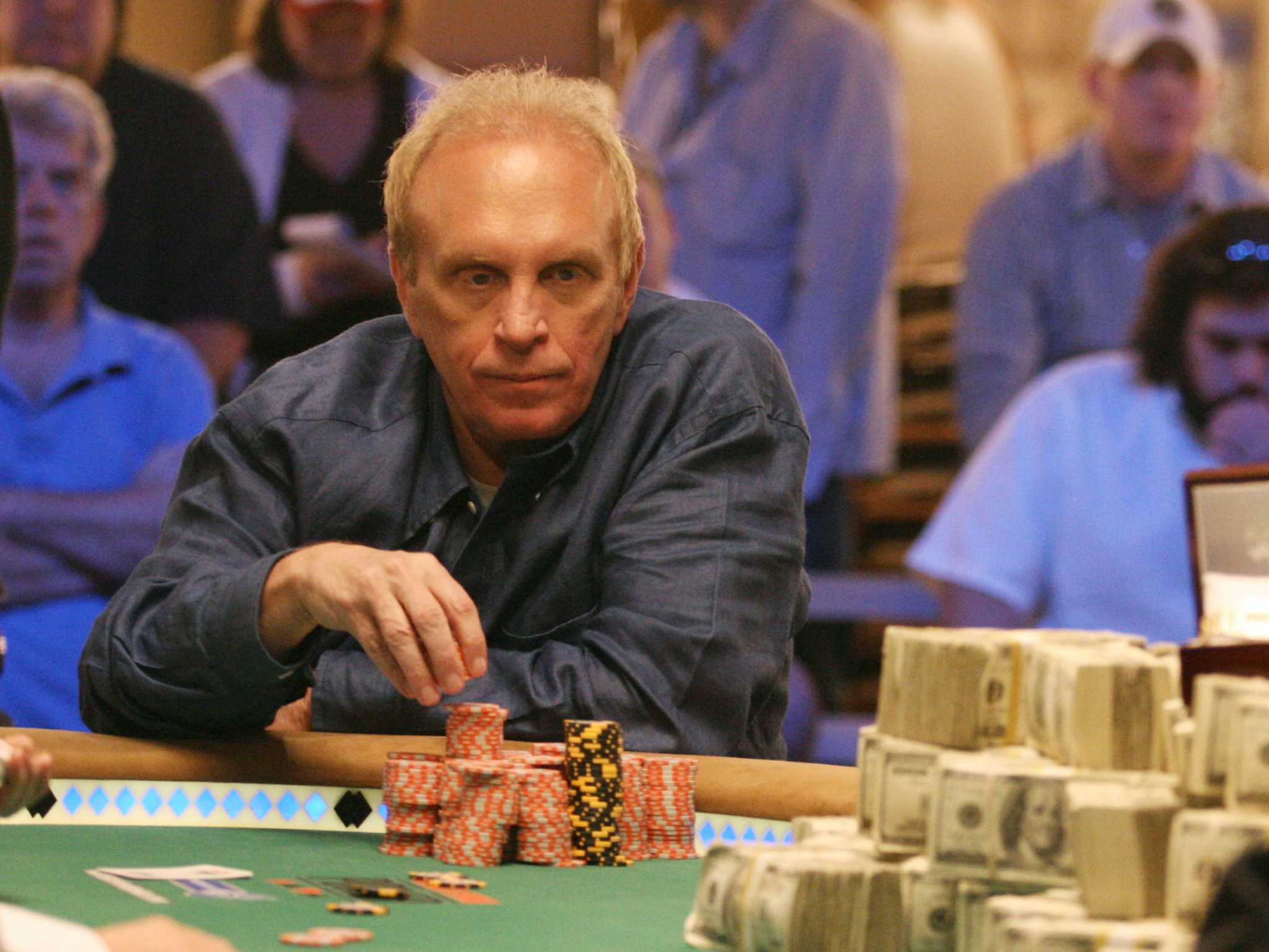
Many younger poker players know very little about David “Chip” Reese. Over a 20-plus year period leading up to 2006, Reese was arguably the toughest cash game player in the world. Doyle Brunson has often said Reese was his toughest opponent and told a story on Twitter about losing $6 million in one summer to Reese in cash games at the WSOP.
Reese was also a talented tournament player who won three WSOP bracelets. His last WSOP title — and his most memorable — came in 2006 in the $50,000 HORSE tournament, one of the most difficult events in poker at the time. He defeated 143 of the best mixed-game pros in the world, including Andy Bloch, who he beat heads up. Phil Ivey finished 3rd.
Reese won $1,716,000 for his memorable performance, the largest tournament score of his career. Sadly, he passed away the following year at age 56. But his legacy will live on forever. The $50,000 HORSE tournament is now the $50,000 Poker Players Championship, one of the most prestigious poker tournaments in the world. In 2008, the WSOP began awarding a Chip Reese memorial trophy to the winner of the PPC in his honor.
15. Former Basketball Star Wins Consecutive World Titles (1976/1977)
Doyle Brunson was a talented basketball player at Hardin Simmons College. In the 1952-1953 season, he averaged 12.5 points per game and was considered a potential NBA prospect. But an unfortunate knee injury put an end to his athletic career. The young Texan, however, found another occupation that seemed to work out okay for him.
Brunson, already one of the most respected and feared players in the game, won the 1976 Main Event for $220,000, beating out fellow future Poker Hall of Famer, Crandall Addington, heads-up for the title. If that wasn’t enough to cement his legacy, Brunson returned to Binion’s casino in Las Vegas again the next year to again win the world championship, this time for $340,000.
16. Accountant Pulls off the ‘Bluff of the Century’ (2003)
Chris Moneymaker turned $86 in a PokerStars satellite into $2.5 million at the 2003 WSOP Main Event. But he likely would never have won that year’s biggest tournament without a brass set of stones. With the $10,000 buy-in championship event down to its final two players, Moneymaker took quite a risk.
Had Moneymaker lost the hand, he would have been crippled. And although anything can happen in the game of poker, it’s very likely Sammy Farha would have been the 2003 World Champion. Farha was quite the character, but he was a grizzled poker veteran, not an amateur with the storybook name of Moneymaker.
For years, many poker pundits referred to the hand as the “bluff of the century.” While there have been numerous huge bluffs on the big stage since then, none were more important to the game of poker than this one.
17. Former Addict Sobers Up, Wins Main Event (2012)
Greg Merson’s story is a bit like Stu Ungar’s, only this one has a happier ending. Merson suffered from drug addiction for many years but quit cocaine just months prior to the 2012 World Series of Poker. That summer, the 25-year-old, seven months sober pro took a shot at the Main Event in hopes of winning life-changing money.
The odds of winning the tournament weren’t great, but not because of Merson’s past history with drug abuse. There were 6,597 other players all vying for the $8.5 million first-place prize. That didn’t stop the Maryland native from taking down poker’s most prestigious annual event. The best part of this story, however, isn’t Merson’s win. It’s that nearly eight years later, the former world champ has stayed sober, unlike Ungar whose drug addiction cost him his life just a year after he last won the Main Event.
18. Young Hotshot Wins Back-to-Back Main Event Titles (1980/1981)
Stu Ungar won his third world title in 1997, which means he won two others in previous years (thanks, Captain Obvious). In the early 1980s, Ungar was a cocky young hotshot and former gin rummy champ who burst onto the poker scene with no fear, and the confidence that he could beat anyone, whether that was Brunson, Johnny Moss, or Amarillo Slim.
Ungar’s confidence wasn’t unfounded, however. He proved that at the 1980 and 1981 World Series of Poker where he won the Main Event in both years. His most memorable win came in 1980 when he claimed his first career bracelet. The young New Yorker denied Brunson his third world title, defeating the poker legend heads-up.
Ungar was known to berate dealers, one of his many negative traits. He also had a severe drug addiction that negatively impacted his personal life and which would, eventually, lead to his demise. But during the 1980s, he was arguably the top No-Limit Hold’em player in the world.
19. Chopped Pot Turns Into Devastating Suck-Out in $1 Million Buy-In Tournament (2014)
Imagine getting all your chips in the pot and getting called with pocket aces in a $1 million buy-in event. That’s exactly what happened for Conor Drinan in the 2014 WSOP Big One for One Drop. Now imagine finding out your opponent — Cary Katz — also has rockets. That’s a bit of a bummer. But, hey, chances are you probably won’t lose your $1 million buy-in to a cruel suck-out, right?
20. First to Go From Satellite to World Champ (1983)
Chris Moneymaker is the most famous player to ever satellite into, and then win, the WSOP Main Event. But a little known fact is that he wasn’t the first. Poker Hall of Famer Tom McEvoy accomplished that feat in 1983 when he won a satellite tournament and parlayed that victory into a world title.
In 1983, WSOP tournament director Eric Drache began promoting WSOP qualifiers in Las Vegas. The idea of satellite tournaments awarding seats into bigger events was new to the game of poker when McEvoy won a nine-player sit-n-go to receive a $10,000 entry into the Main Event. He would go on to outlast a field of 108 players to win $540,000 and his second bracelet of the series.
McEvoy’s heads-up opponent, Rod Peate, also won a qualifier for just $110 to get into the Main Event. Doyle Brunson made yet another deep run in the Main Event that year, finishing in third place.
21. First Player in Post-Moneymaker Era to Win Three Bracelets in a Year (2009)
Only six players in history have won three bracelets in the same year. Four of those happened prior to Moneymaker winning the Main Event in 2003 — Puggy Pearson (1973), Phil Hellmuth (1993), Ted Forrest (1993), and Phil Ivey (2002).
Although there are far more events nowadays than prior to the poker boom, the field sizes are also much larger, making it more difficult to win each tournament. In 2009, Jeffrey Lisandro pulled off one of the greatest accomplishments in poker history — winning three bracelets in one summer. He’s the only player to do so in the post-Moneymaker era. George Danzer also won three bracelets in 2014, but his third came at the WSOP Asia-Pacific series.
All three of Lisandro’s 2009 titles came in non-Hold’em events ($1,500 Seven-Card Stud, $10,000 Seven-Card Stud Hi-Lo, and $2,500 Razz), and all occurred in less than a three-week period.
22. Hellmuth and Forrest Each Hit Trips (1993)
The 1993 World Series of Poker consisted of 21 events. Six of them were won by two players, both poker legends. Phil Hellmuth and Ted Forrest won three tournaments each that summer, becoming just the second and third players to ever accomplish that feat during the same WSOP. Puggy Pearson was the first to do it in 1973. Since 1993, only three others (Phil Ivey in 2002, Jeffrey Lisandro in 2009, and George Danzer in 2014) won three tournaments in the same year.
Here’s what’s really crazy about the triple-bracelet winners in 1993. Hellmuth won his three in consecutive tournaments (events 7, 8, and 9). Then, Forrest did the same thing, winning events 11, 12, and 13. Hellmuth won his bracelets in Hold’em events — his specialty. Forrest won his bracelets that year in the poker variants he specializes in — Razz, Stud, and Omaha Hi-Low.
23. Youngest Player to Reach 10 Bracelets (2014)
Heading into the 2014 WSOP, only three players had reached the 10-bracelet milestone (Johnny Chan, Phil Hellmuth, and Doyle Brunson). But after winning an event at the Asia-Pacific series, Phil Ivey had a good look at joining that exclusive list.
In 2014, Ivey was generally considered to be the best player in the game. His nine WSOP titles were even more impressive when you consider he was only 37-years-old. When Hellmuth shipped his 10th in 2006, he became the youngest to reach the milestone (age 42).
Ivey shattered that age mark when he took down the $1,500 8-Game Mix for $166,986. Surprisingly, he hasn’t won a bracelet since. Many anticipated Ivey would cruise on by Hellmuth as the bracelet record holder. But after 2014, he’s only competed in a few WSOP events and hasn’t been fortunate enough to win.
24. ‘Poker Brat’ Shows He’s Still Got It (2018)
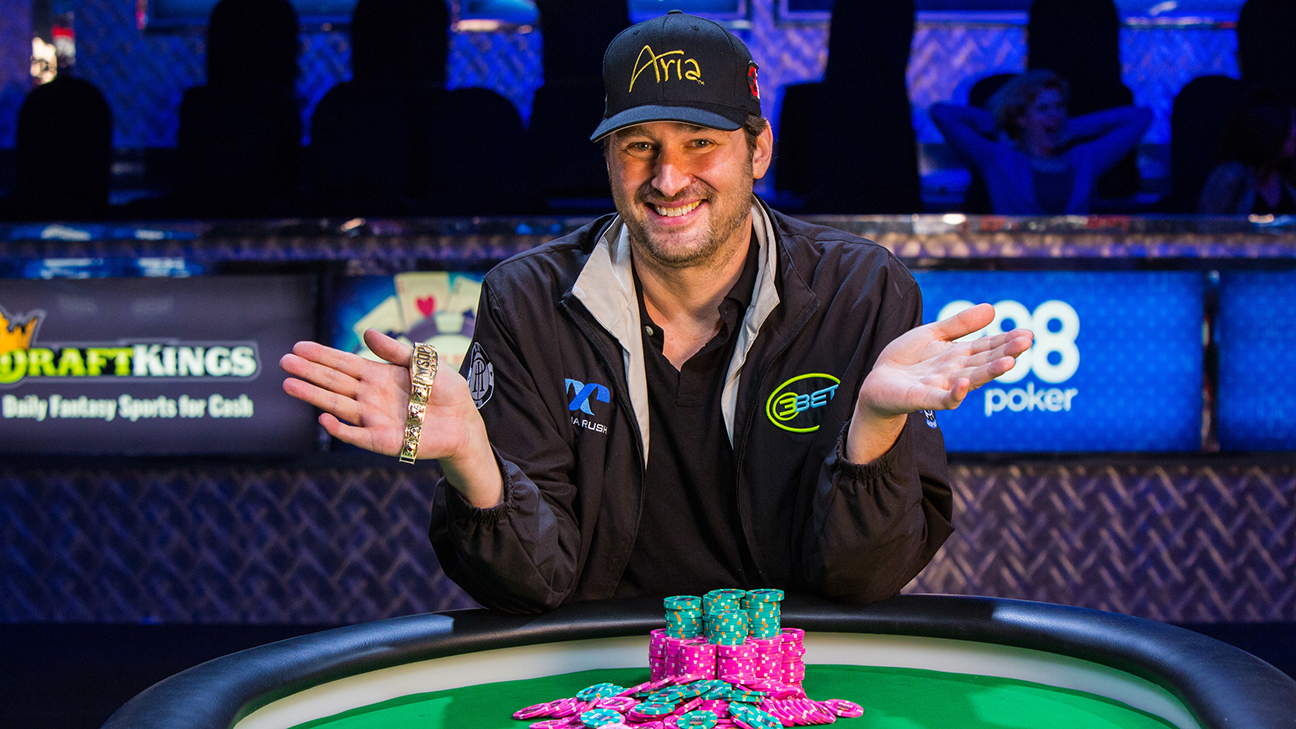
In 2006, Phil Hellmuth had 14 WSOP bracelets to his name. Despite that, many social media commentators considered that at age 54, the “Poker Brat” was washed up. His style of play, the pros argued, didn’t translate to today’s GTO-centric game of poker. Hellmuth, however, continued to believe in his game.
Hellmuth had a mostly forgettable 2018 series with nothing but a handful of small cashes heading into one of the final few events. But you can’t ever count out the GOAT; he finished out the series with his 15th bracelet by winning the $5,000 No-Limit Hold’em turbo tournament for $485,082. He outlasted 452 players and set a career bracelet mark that’s likely to stand for quite some time.
25. Amateur Bluffs Way to Main Event Championship (2006)
In 2006, poker was at its peak. The Main Event had a record 8,773 entrants, and the champion earned $12 million — the biggest first-place prize in the tournament’s history. That winner was Jamie Gold, a 36-year-old amateur and relative unknown on the tournament poker circuit.
Gold made a name for himself that summer, however. His Main Event title will never be forgotten, if for no other reason for the manner in which he won. Gold famously bluffed his way to the final table, often using speech play to convince his opponents to fold or to call when he had the goods.
Stay tuned for Part II tomorrow with moments 26-51.

